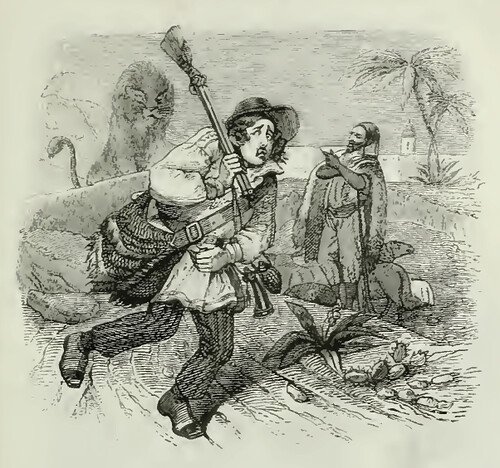In oral speech, people often switch freely back and forth between past tense and present tense in telling a story. In written English, however, you need to choose one tense for your story - present tense OR past tense - and stick with that. Usually it is easier to tell a story in past tense, but you can create an immediate or vivid quality if you choose to use present tense instead.
To get a sense of the difference, you can compare these two versions of a fable, one in present tense and one in past tense:
Past Tense. A hunter, who was not really all that brave, decided to track a lion. As he followed the lion's tracks, he met a man who was chopping wood in the forest. He asked the man if he had noticed the lion's tracks or if he knew where the lion's den was. The man replied, "Oh yes, I know about that lion - in fact, I can show you the lion himself if you want." The hunter turned very pale and his teeth began to chatter. "Uh," he said, "no, thank you. I'm just following the lion's tracks; I'm not really looking for the lion himself."
Present Tense. A hunter, who is not really all that brave, decides to track a lion. As he follows the lion's tracks, he meets a man who is chopping wood in the forest. He asks the man if he has noticed the lion's tracks or if he knows where the lion's den is. The man replies, "Oh yes, I know about that lion - in fact, I can show you the lion himself if you want." The hunter turns very pale and his teeth begin to chatter. "Uh," he says, "no, thank you. I'm just following the lion's tracks; I'm not really looking for the lion himself."
Notice that the quoted speech is not affected by the choice of tense for the narrative.
You can find more versions of the Aesop's fable online here.
